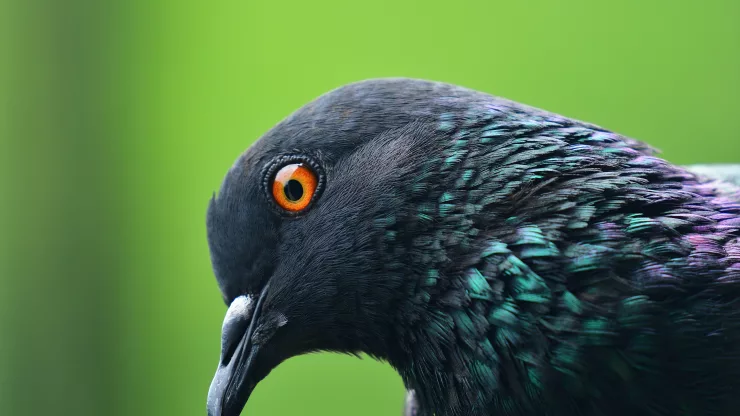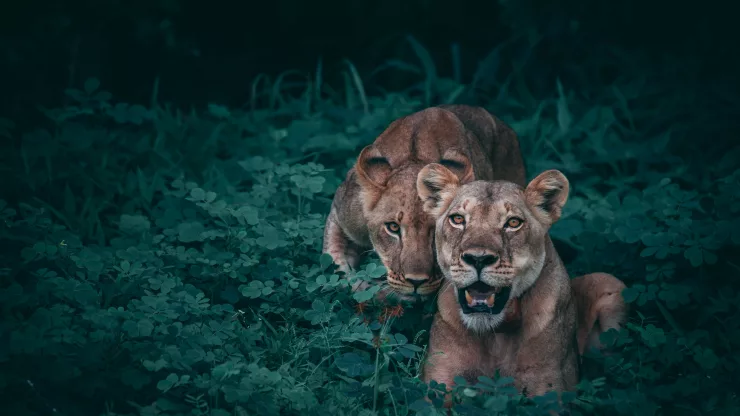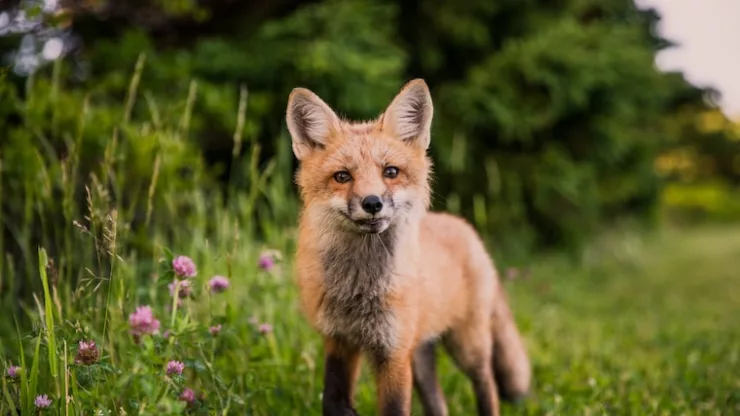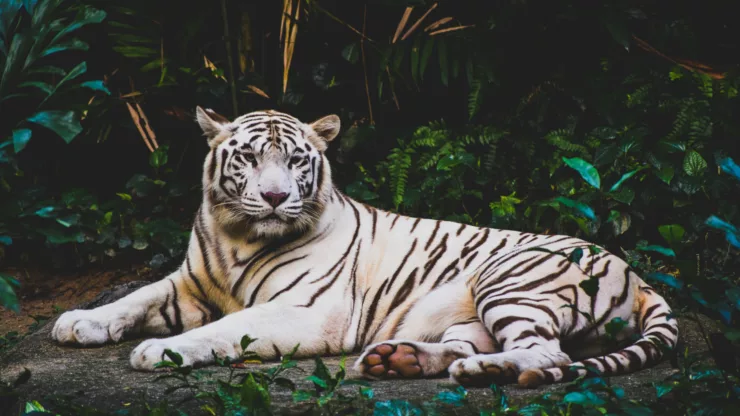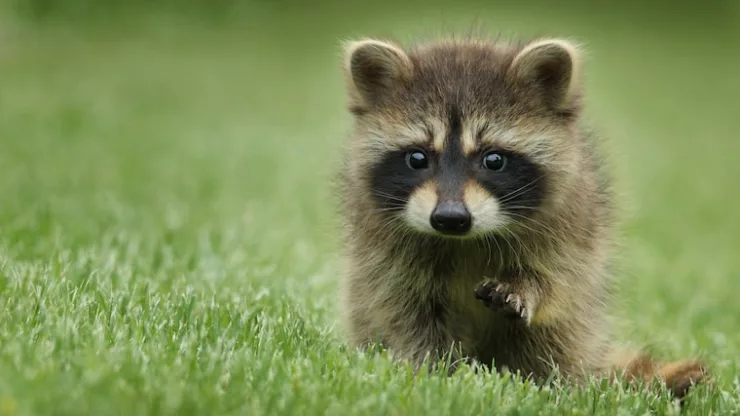Urban Wildlife and Climate Change Adaptation
As climate change continues to impact our planet, it is becoming increasingly important to address its effects on urban wildlife.
Urban areas host a diverse range of species, from birds and insects to larger mammals, and these creatures face a range of challenges as temperatures rise and weather patterns change.
In this article, we will explore the impact of climate change on urban wildlife, the importance of conservation efforts, and strategies for promoting adaptation in urban environments.
Jump to Section
Introduction
Urban areas are home to a wide variety of wildlife, and these creatures play an important role in maintaining the health and well-being of our cities.
From pollinating plants to controlling pests, urban wildlife provides a range of valuable ecosystem services.
However, as temperatures rise and weather patterns become more unpredictable, these creatures face a range of challenges.
In this article, we will explore the impact of climate change on urban wildlife, and strategies for promoting adaptation and conservation efforts.
Urban Wildlife and Climate Change Adaptation: Understanding the Impact
The Effects of Climate Change on Urban Wildlife
Climate change is having a range of impacts on urban wildlife.
Rising temperatures can cause heat stress and dehydration for animals, while changes in precipitation patterns can lead to flooding or drought.
In addition, extreme weather events such as hurricanes or wildfires can have devastating effects on wildlife populations.
The Importance of Urban Wildlife in Climate Change Adaptation
Urban wildlife can play an important role in climate change adaptation efforts.
For example, green spaces and urban forests can help to mitigate the urban heat island effect, while pollinators such as bees and butterflies can support urban agriculture.
In addition, preserving biodiversity in cities can help to maintain resilient ecosystems that can better withstand the impacts of climate change.
The Challenges of Urban Wildlife Conservation in a Changing Climate
Conservation efforts for urban wildlife face a range of challenges, particularly in the face of a changing climate.
For example, urban development can lead to habitat loss and fragmentation, making it difficult for wildlife to move and adapt to changing conditions.
In addition, pollution and other stressors can further impact the health and well-being of urban wildlife populations.
Strategies for Urban Wildlife Conservation in a Changing Climate
There are a range of strategies that can be employed to promote adaptation and conservation efforts for urban wildlife in the face of a changing climate.
Creating Climate-Resilient Urban Habitats for Wildlife
Creating climate-resilient urban habitats can help to support the health and well-being of urban wildlife populations.
This can include measures such as incorporating green roofs and walls into urban design, creating habitat corridors to connect green spaces, and designing urban forests that are resilient to changes in temperature and precipitation.
Promoting Biodiversity in Urban Settings
Preserving biodiversity in urban settings is an important strategy for promoting adaptation and conservation efforts for urban wildlife.
This can include measures such as planting native species, providing habitat for pollinators, and protecting endangered species.
Encouraging Community Involvement in Urban Wildlife Conservation
Encouraging community involvement in urban wildlife conservation efforts can help to build support for these important initiatives.
This can include measures such as community education programs, citizen science projects, and volunteer opportunities for habitat restoration and wildlife monitoring.
Implementing Sustainable Urban Planning Practices
Implementing sustainable urban planning practices can help to support the health and well-being of both people and wildlife in urban areas.
This can include measures such as promoting green infrastructure, reducing the use of pesticides and other harmful chemicals, and designing buildings that are energy-efficient and wildlife-friendly.
Case Studies: Successful Urban Wildlife Conservation Efforts
There are a range of successful urban wildlife conservation efforts that can serve as models for future initiatives.
| Name | Location | Description |
|---|---|---|
| The New York City Urban Wildlife Refuge Partnership | New York City, NY | This partnership brings together government agencies, non-profit organizations, and community groups to promote the conservation of urban wildlife in New York City. |
| The Chicago Wildlife Watch Program | Chicago, IL | This citizen science program encourages residents to report sightings of wildlife in the city, providing valuable data for conservation efforts. |
| The Seattle Urban Nature Project | Seattle, WA | This project promotes the conservation of urban wildlife through community education programs, habitat restoration efforts, and citizen science initiatives. |
| The San Francisco Green Connections Initiative | San Francisco, CA | This initiative promotes sustainable transportation options that support both people and wildlife in urban areas. |
Promoting Urban Wildlife Conservation and Climate Change Adaptation
Promoting urban wildlife conservation and climate change adaptation efforts is essential for maintaining resilient ecosystems and protecting the health and well-being of urban wildlife populations.
The Importance of Adaptation and Conservation Efforts for Urban Wildlife
Adaptation and conservation efforts for urban wildlife are essential for promoting the health and well-being of these creatures in the face of a changing climate.
By supporting biodiversity, promoting sustainable practices, and creating climate-resilient habitats, we can help to ensure that urban wildlife populations thrive for years to come.
The Role of Communities in Supporting Urban Wildlife Conservation
Communities can play an important role in supporting urban wildlife conservation efforts.
By getting involved in citizen science projects, volunteering for habitat restoration initiatives, and supporting sustainable urban planning practices, individuals can help to build support for these important initiatives.
The Need for Continued Research and Action in Urban Wildlife Conservation and Climate Change Adaptation
Continued research and action are essential for promoting urban wildlife conservation and climate change adaptation efforts.
By staying up-to-date on the latest research and supporting initiatives that promote biodiversity, sustainability, and climate resilience, we can help to protect the health and well-being of urban wildlife populations for generations to come.
FAQ
What are some common challenges facing urban wildlife in the face of climate change?
Common challenges facing urban wildlife in the face of climate change include habitat loss and fragmentation, pollution and other stressors, and changes in temperature and precipitation patterns.
How can individuals get involved in urban wildlife conservation efforts?
Individuals can get involved in urban wildlife conservation efforts by participating in citizen science projects, volunteering for habitat restoration initiatives, and supporting sustainable urban planning practices.
What are some successful urban wildlife conservation initiatives?
Successful urban wildlife conservation initiatives include the New York City Urban Wildlife Refuge Partnership, the Chicago Wildlife Watch Program, the Seattle Urban Nature Project, and the San Francisco Green Connections Initiative.
Why is promoting biodiversity in urban areas important for climate change adaptation?
Promoting biodiversity in urban areas is important for climate change adaptation because it helps to maintain resilient ecosystems that are better able to withstand the impacts of climate change.
Biodiversity also supports a range of ecosystem services, from pollination to pest control, that are important for maintaining the health and well-being of urban environments.
I’m a nature enthusiast and creator of Metro Wilds and have spent years exploring the great outdoors.
With a passion for environmental conservation and sustainability, I have dedicated my career to writing about the beauty and wonders of nature, as well as the threats facing our planet.
Contact me at [email protected] for assistance.

